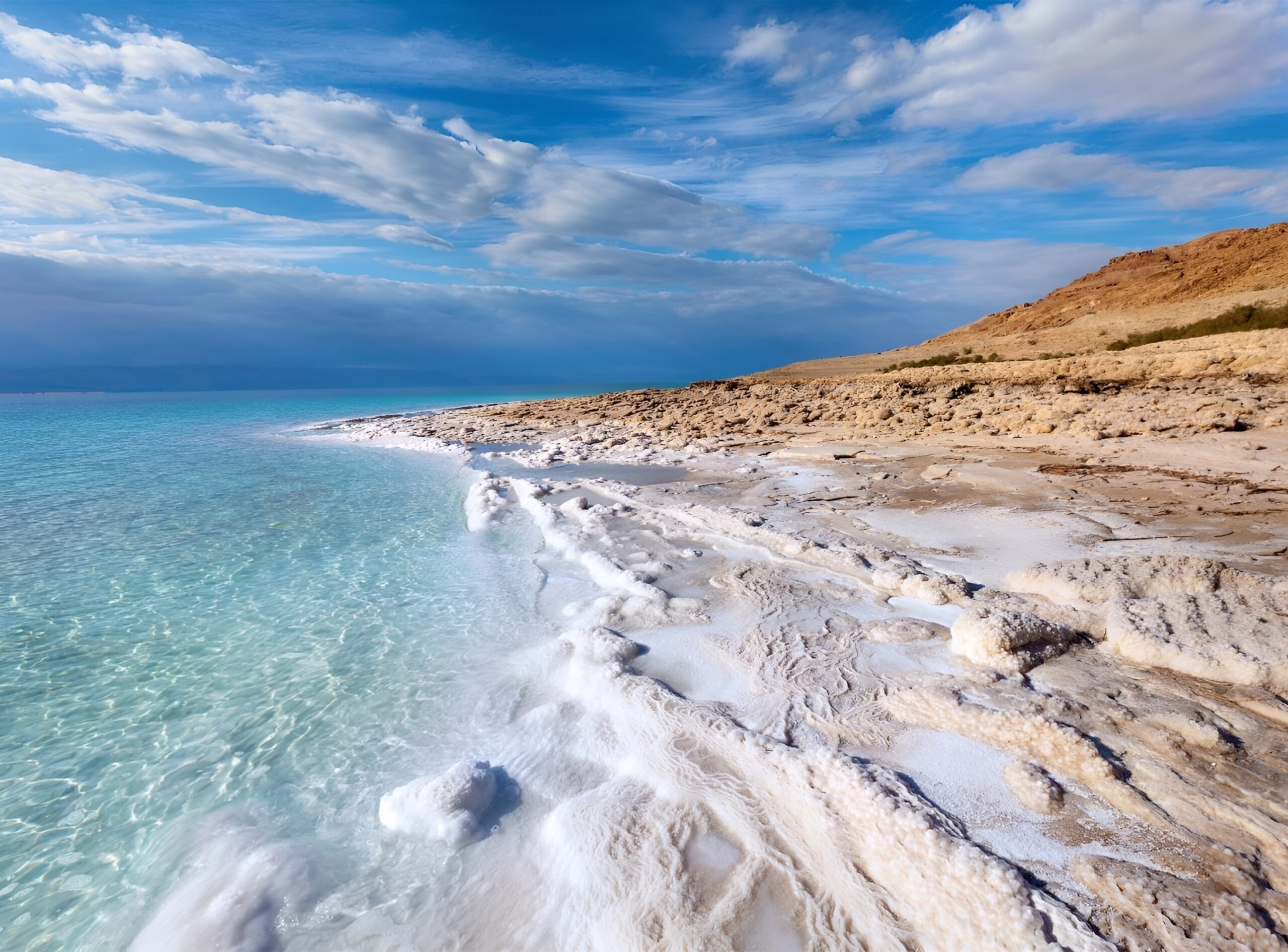Is the Dead Sea one of our planet’s most extraordinary landscapes? It certainly is when you consider how history and mythology have intertwined in this salty basin from one eon to another.
Famous for its buoyant waters that keep tourists from drowning, the Dead Sea is home to the Dead Sea Scrolls, and the ancient Egyptians were said to have harvested its salts for mummification and fertilizers.
The Lowest Point on Earth
The Dead Sea is a geological marvel in which fault lines and tectonic drift have slowly reshaped while continuing to shrink and shift perennially.
Fed mainly by the Jordan River, with Israel, Jordan, and the West Bank claiming it to be theirs, this sea holds the distinction of being the lowest point on land (1,300 ft. below sea level), and is, in essence, a large endorheic saltwater lake replete with towering escarpments and sinkholes.
A Story of Faults and Drifts
The Dead Sea sits in a deep rift created by the Dead Sea Fault, a 620-mile-long transform fault between the western African Plate (West) and the eastern Arabian Plate. This fault system is geologically similar to California’s better-known San Andreas Fault.
Until recently, the Dead Sea was thought to have been created by a zigzag in the fault line, resulting in a pull-apart basin. This theory has since been debunked, with scientists calling the Dead Sea a “drop-down basin” — courtesy of a chunk of the Earth’s crust that detached and sank around 4 million years ago.
Not the Deepest
So is the Dead Sea also the deepest place on Earth?
Not really; that record belongs to Mariana Trench’s Challenger Deep, plunging 35,876 ft. below sea level. In contrast, the Dead Sea’s deepest point is about 1,000 feet below its already sunken surface, totaling around 2,400 feet below global sea level.
Image credit: Qutaibah thawabi/Shutterstock
